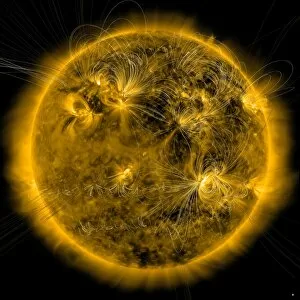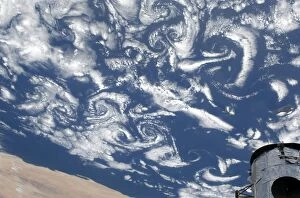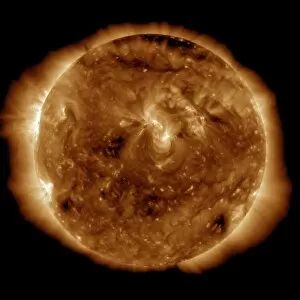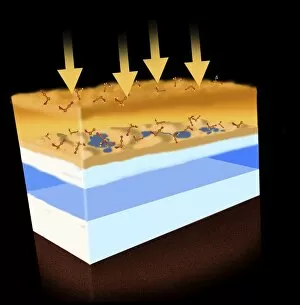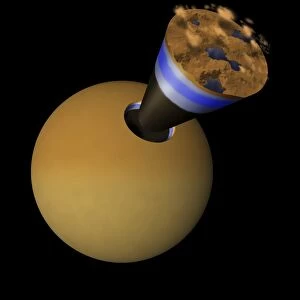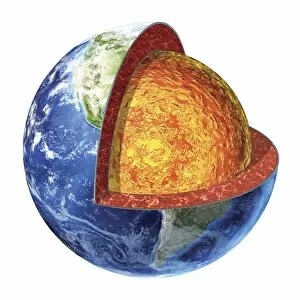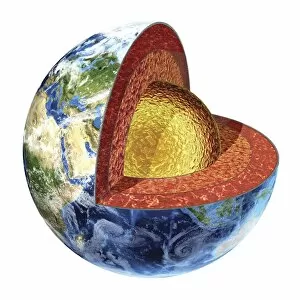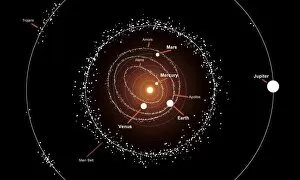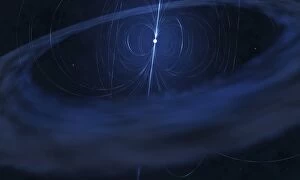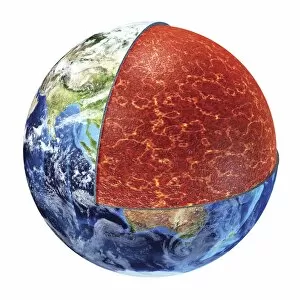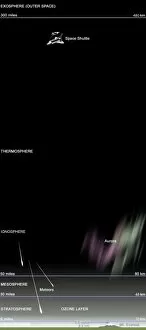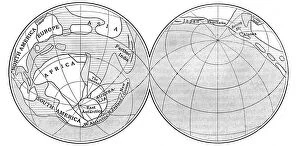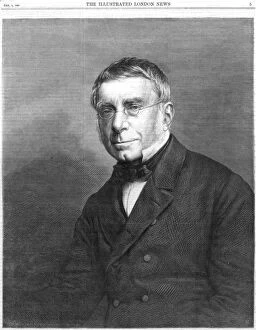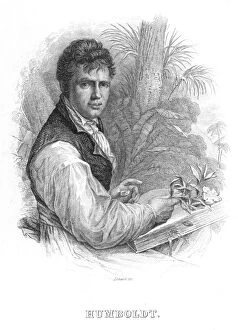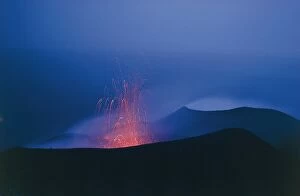Geophysics Collection (#3)
Geophysics: Unveiling the Secrets of Earth's Dynamic Nature Immanuel Kant once said, "Two things fill the mind with ever new and increasing admiration and awe
For sale as Licensed Images
Choose your image, Select your licence and Download the media
Geophysics: Unveiling the Secrets of Earth's Dynamic Nature Immanuel Kant once said, "Two things fill the mind with ever new and increasing admiration and awe. . the starry heavens above me and the moral law within me. " These words resonate deeply in the realm of geophysics, where scientists delve into the mysteries of our planet's inner workings. In a whimsical caricature, Mount Etna erupts in 2012 C016 / 4639, showcasing nature's raw power. The volcano at night exudes an ethereal beauty that captivates both scientific minds and artistic souls alike. Alfred Lothar Wegener, a German geophysicist and meteorologist, emerges as a pioneer in his field. His groundbreaking work on continental drift revolutionized our understanding of Earth's tectonic plates. Wegener's legacy lives on through captivating images like WEGENER himself - an image capturing his essence as a passionate explorer. Journeying to Morocco's High Atlas Mountains reveals Sulphur formations adorning rocks at Tizi N Tichka Pass. This photograph showcases how geophysical processes shape our landscapes over time – an intricate dance between geological forces and chemical reactions. Smoke billowing from Krakatoa volcano on Java Island reminds us of nature's fury unleashed upon Indonesia. These photographs capture moments frozen in time when fiery explosions reshape landforms while leaving us awestruck by their sheer magnitude. Geophysics unravels Earth’s secrets hidden beneath its surface; it is a discipline that combines science with wonderment. From Immanuel Kant’s philosophical musings to Alfred Lothar Wegener’s groundbreaking discoveries, we are reminded that there is much more to this world than meets the eye. As we gaze upon these captivating images – be it volcanoes erupting or sulphur formations forming – let us embrace the marvels that continue to deepen our understanding of our planet's dynamic nature.

